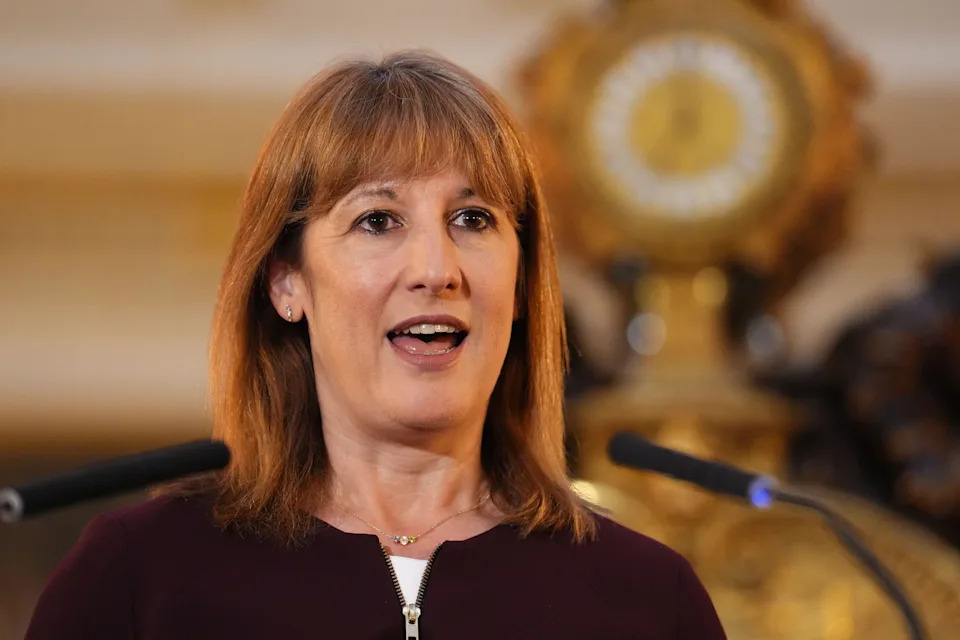Inflation unexpectedly remained steady last month as upward pressure from petrol prices was offset by easing food costs, according to official figures.
The inflation rate held at 3.8% in September, surprising economists who predicted a 4% jump.
While the government and the Bank of England have welcomed the news, it has “come at the wrong time” for those claiming benefits like universal credit, the Resolution Foundation has said.
Here’s what you need to know about September’s inflation rate, and what it means for the rate of universal credit payments next year.
Why is inflation better than expected?
The overall inflation rate remaining at 3.8% surprised economists and the Bank of England, which had anticipated an increase.
The Bank of England had previously predicted UK inflation would peak around September before steadily falling back down.
While the rate has now stayed the same for the third consecutive month, inflation is still almost double the official 2% target — with consumers feeling the knock-on effect through their mortgage payments, food shops and utility bills.

Consumers are feeling the effects of inflation through their mortgage payments (Getty)
Office for National Statistics (ONS) chief economist Grant Fitzner said: “The largest upward drivers came from petrol prices and airfares, where the fall in prices eased in comparison to last year.
“These were offset by lower prices for a range of recreational and cultural purchases including live events.
“The cost of food and non-alcoholic drinks also fell for the first time since May last year.”
Why is this good news for the government?
The government uses the September rate of inflation to set the rate of universal credit for the next financial year.
With the rate remaining unexpectedly steady, the government will pay out a weaker-than-expected increase in many welfare payments — including universal credit — next April.
While the chancellor, Rachel Reeves, has said she is “still not satisfied” with the figure, it does provide her with a moment of relief ahead of the upcoming autumn budget, with a smaller-than-expected rise in the cost of living for households and also a weaker-than-expected increase in many welfare payments next year.

While the inflation figure will also be beneficial for Reeves, she said she is ‘still not satisfied’ (PA)
But it doesn’t make it likely that the Bank of England will achieve its goal of cutting interest rates anytime soon, as inflation is still running high by historic standards and wage growth remains a concern.
Why is this less good news for universal credit recipients?
This year, the government committed to increasing universal credit payments in line with inflation as before, but with an additional top-up payment.
In April 2026, all universal claimants will see their payments rise by September’s rate of inflation — the figure announced this Wednesday — plus an additional 2.3%.
With inflation at 3.8%, the Resolution Foundation calculates that the standard allowance will be uprated by at least 6.2% in the spring – a boost that is worth nearly £6 per week to a single adult aged 25 or over in receipt of the universal credit standard allowance.
While this uplift will be welcomed by many, it is smaller than the 6.4% boost they would have seen had September inflation been 4% as widely forecast.
Nonetheless, any sign of inflation faltering will offer relief to households still feeling squeezed from historic price rises over the past three years.
What will the universal credit rates next year be?
Even with the increase being the largest set by the government in the last seven years, anti-poverty charity the JRF has warned single adults will face a shortfall in covering essentials of over £1,000 per year, with couples facing a £2,500 deficit.
To ensure payments can cover “the real-world cost of a basket of essentials”, the JRF is calling for an independent process to set universal credit payment rates.
“It’s not enough to tweak the system each year if the result is still far from a level people expect if they need support in hard times,” Chris Belfield, the principal policy advisor for the JRF said.
“The standard allowance, the basic rate that people on universal credit should receive, should enable people to afford life’s essentials.”
